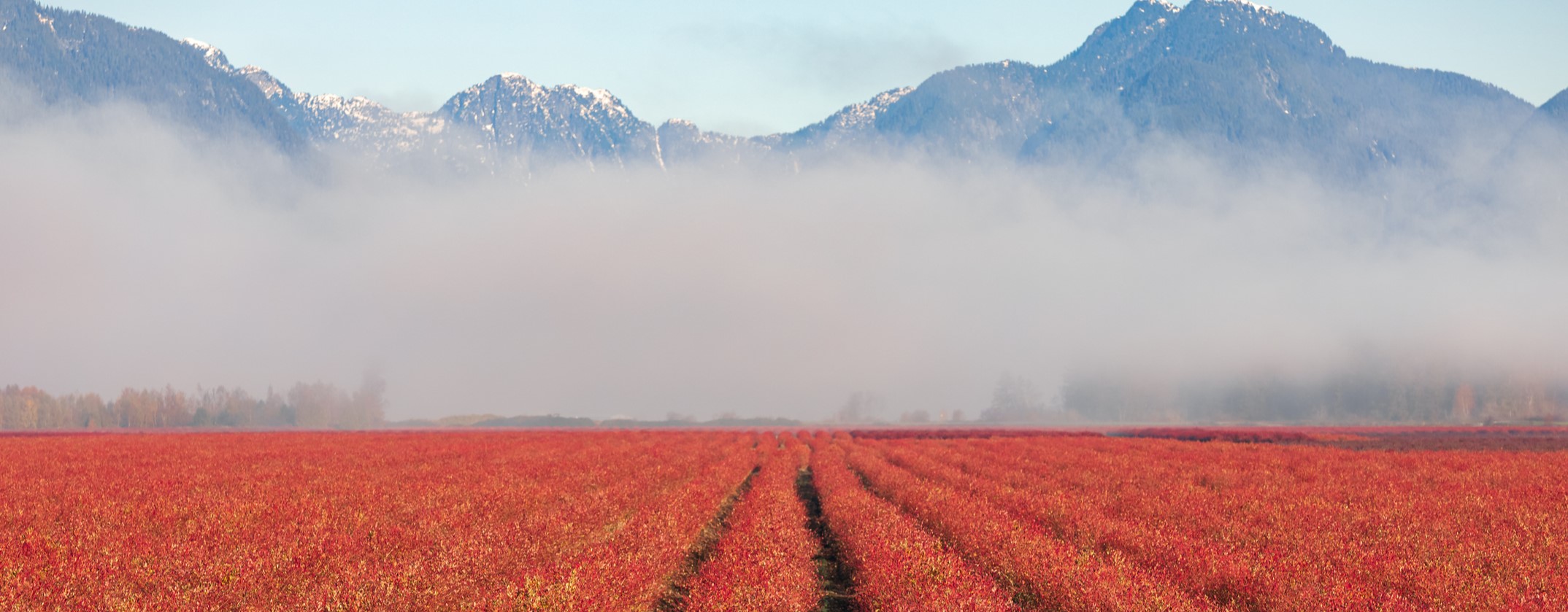The blueberries British Columbia is known for are grown by many hands, including tens of thousands of migrant farm workers Migrant farm workersTo operate, BC farms rely on the labour of 10,000 temporary foreign workers, the majority of whom have a "closed" work permit, making it difficult to pursue permanent residency or switch jobs without losing the right to stay in Canada. A recent investigation revealed unsafe and abusive conditions for migrant farm workers, whose employers are often also their landlords. Learn More who travel from miles away (Mexico, Guatemala, Jamaica) year after year to plant and harvest much of the food we eat.
Too often, they’re subjected to long working hours (sometimes in extreme heat) with limited time for water or food breaks.
Many live in poverty, subsisting on minimum wage (to provide for their families back home) in cramped bunkhouses, Dr. Kent Mullinix, director of Kwantlen Polytechnic University’s Institute for Sustainable Food Systems, says.
“They make enough for a dismal abode and maybe enough for food and that's about it — that is not the way it should be.”
And over the years, some workers have faced displacement because of floods in the Fraser Valley and wildfires in the Okanagan Valley, Rowan Burdge, provincial director of the BC Poverty Reduction Coalition, adds.
The climate crisis is linked to a multitude of other crises, they point out. We can’t respond to one without responding to them all.
When migrant workers or entire communities are displaced — like the village of Lytton and the town of Merritt, from wildfires and floods respectively — many people are left without housing. And the way one might experience a climate hazard indoors is very different from the way an unhoused person will experience it, Rowan notes.
The Coalition, a group of over 80 organizations working to address poverty and related systemic issues in BC, has seen firsthand how climate change impacts everyone differently, she says.
Solving the housing crisis, making medication more affordable, increasing income and disability assistance, or providing free public transit aren’t just tools for poverty reduction — Rowan believes they’re for the climate crisis as well.
When people have adequate housing, they have somewhere safe to go during a climate disaster. When they’re economically secure, they can afford to heat or cool their homes in response to extreme weather events, and are protected from illnesses like heat stroke or cold stress.
“It’s a web of connected systems,” Rowan says. Migrant farm workers toiling during heatwaves is labour exploitation. Lower-income earners living in homes without proper cooling is energy inequity. The unhoused (many of whom are Black, Indigenous, and People of Colour) breathing in polluted air during forest fires reflects housing injustice. But all these issues also demonstrate “the parallels between experiences of poverty and the way you're likely to navigate extreme weather,” they add.
Recently, the Coalition, along with the Climate Emergency Unit, the Worker Solidarity Network, the Wilderness Committee, and the Union of BC Indian Chiefs, released a proposal for a “socially-just just transition” in BC and a common thread linking the recommendations they made was: “leave no one behind.”
To fight climate change, we need to also fight the housing crisis, food insecurity, poverty, and the exploitation of labour, Rowan explains.
We need “bold climate action,” they say.
Like building affordable, climate-resilient housing, advocating for displaced migrant workers (which the Migrant Workers Centre does) and fossil fuel workers, and providing rural, remote, and Indigenous communities with clean, affordable energy (which Ecotrust, a member organization of the Coalition, does).
“All these things are connected,” she reiterates. “If we intervene on poverty, it does in fact have positive impacts for other areas — including climate change.”
Curious for more science behind climate change and social justice?
Explore solutions for regenerating our planet at Change Reaction.
